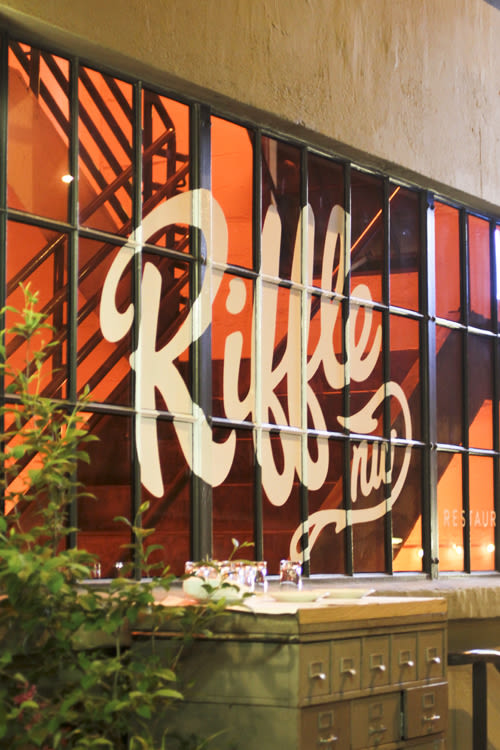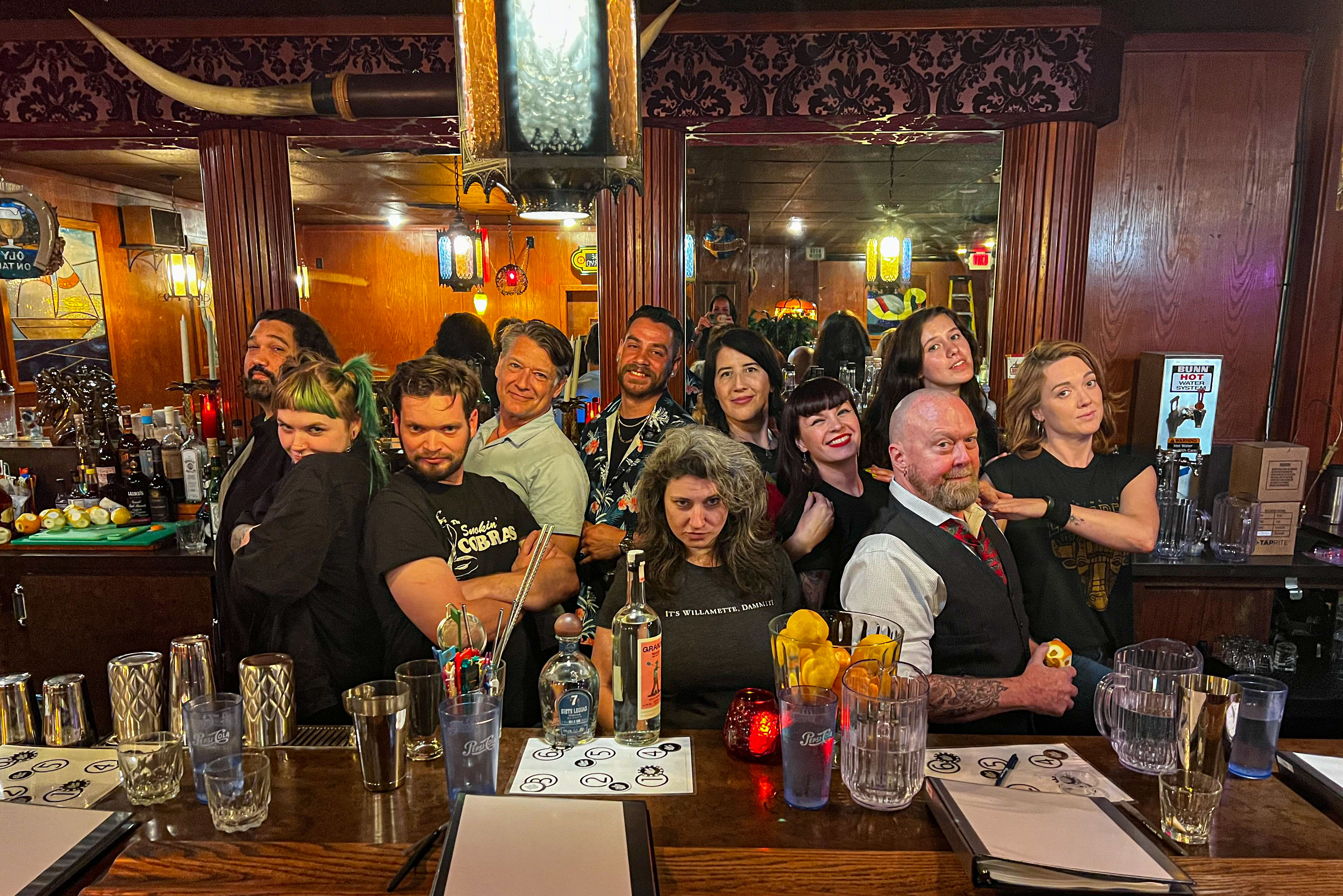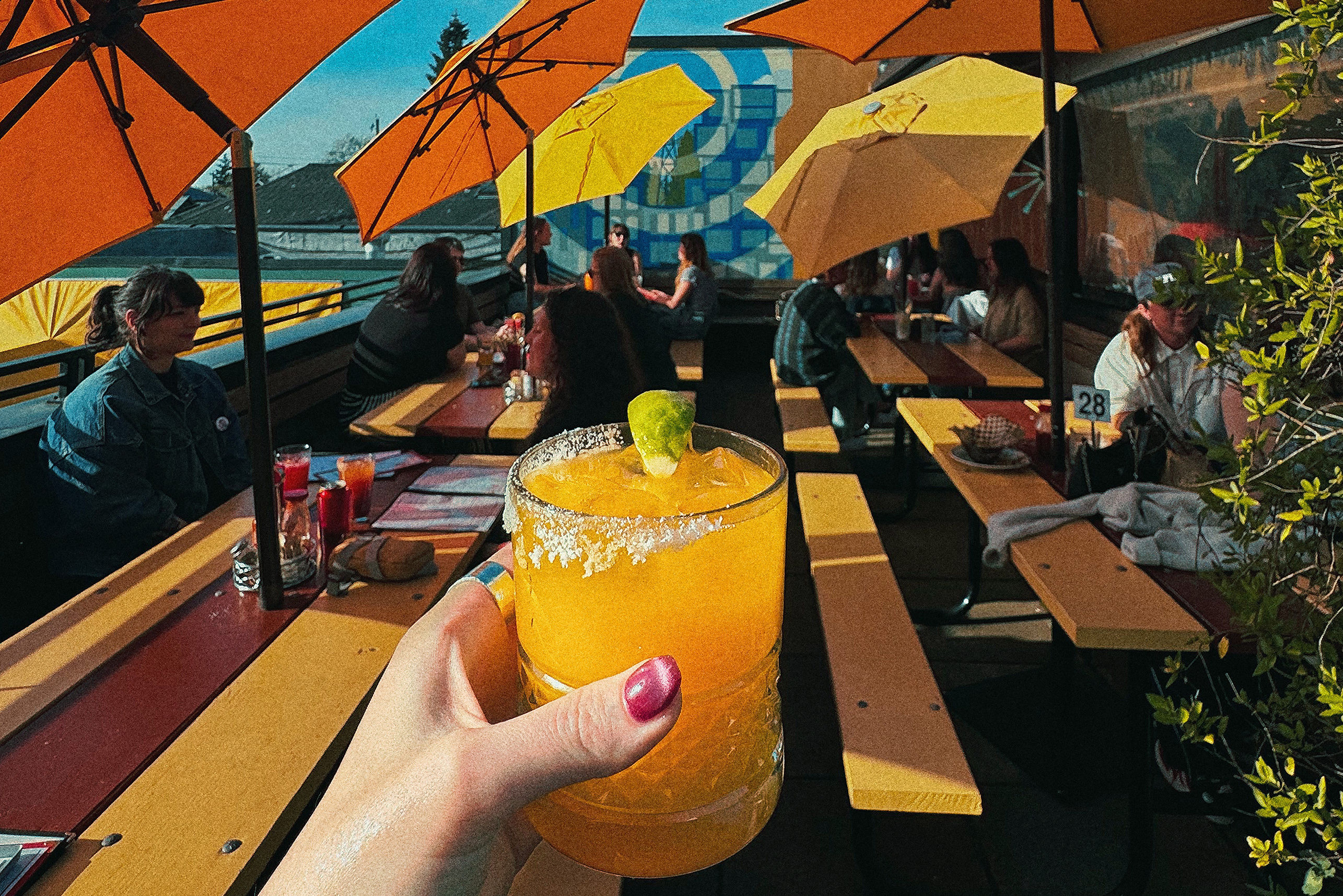Haute Rocks

David Shenaut's interest in ice developed early: “I remember my first experience with alcohol, eating the ice out of my dad’s whiskey,” he says. These days, a fully crystallized version of Shenaut’s fascination is on display in the Pearl District at Riffle NW, chef Ken Norris’s new shrine to seafood. Here, Shenaut and his bar team use a Clinebell ice machine to “harvest” 300-pound blocks of crystal-clear Bull Run water. They then carve up the frosty behemoths by hand, using Japanese woodworking saws to create custom chunks perfectly suited to each cocktail on the menu. Beyond the purely aesthetic appeal of a hand-hewn iceberg bobbing in your rocks glass or a frozen spear skewering your highball, the heftier, slower-melting chunks also wage an effective war on watery drinks—the bane of the modern bartender. “Chefs heat everything; we chill everything,” says Shenaut. “Ice is the one thing that’s in every drink, and we’ve made sure that your drink is perfectly diluted when it gets to you—so we want it to stay that way.”
1. CRUSHED For boozy drinks in which dilution provides a nice “softening” effect (mojitos, swizzles, juleps, and Moscow mules), Shenaut sends his ice through the wood chipper.
2. CRACKED Because of its fruit-juice base, the Leya (cachaça, lime, pineapple, basil, allspice) requires hand-cracked ice, which both chills and insulates for a balance of water and alcohol.
3. THE SPEAR For “bracers” like the Riffle Collins (gin, lemon, lime, celery, absinthe, salt), a six-inch column of ice spans the glass, providing a uniform chill from top to bottom.
4. THE “BFC” Rather than tumbling a pile of cubes in your rocks glass, Shenaut uses just one for spirit-driven cocktails like the Room D (rye whiskey, Becherovka, quinine, lemon, orange). This iceberg is a slow melter, so your drink stays cool and aromatic.




